North India’s Famous Archaeological Sites


North India’s Famous Archaeological Sites are a living reflection of ancient civilizations, royal dynasties, and architectural brilliance that shaped India’s heritage. From the timeless beauty of the Taj Mahal to the spiritual aura of Sarnath and the historic ruins of Nalanda, each site narrates stories of India’s glorious past. These monuments, temples, and excavated remains not only attract historians and travelers but also offer a glimpse into the cultural and artistic evolution of the subcontinent.
Wiki Link: North India’s Famous Archaeological Sites

Taj Mahal
Eternal Symbol of Love and Mughal Mastery
Era: Mughal Period (17th Century CE)
Patron: Emperor Shah Jahan
Location: Agra, Uttar Pradesh
UNESCO World Heritage Site: Recognized in 1983
Stands as one of the most iconic monuments in the world, built in white marble by Emperor Shah Jahan in memory of his beloved wife Mumtaz Mahal.
This architectural wonder reflects perfect symmetry, exquisite calligraphy, and intricate inlay work. Its central dome, minarets, and gardens symbolize the pinnacle of Mughal architecture. Set along the banks of the Yamuna River, the Taj Mahal remains a timeless tribute to eternal love and craftsmanship.

Fatehpur Sikri
The Abandoned Mughal Capital
Era: Mughal Period (16th Century CE)
Patron: Emperor Akbar
Location: Agra District, Uttar Pradesh
UNESCO World Heritage Site: Recognized in 1986
Once the capital of the Mughal Empire, is a magnificent blend of Persian, Indian, and Islamic architectural styles. Built by Akbar, this red sandstone city features grand structures like Buland Darwaza, Panch Mahal, and Jama Masjid in North India.
Despite its short-lived habitation due to water scarcity, Fatehpur Sikri remains a striking example of royal vision and urban planning of the Mughal era.

Qutub Minar Complex
A Historic Marvel of North India
Era: Delhi Sultanate (12th–13th Century CE)
Patron: Qutb-ud-din Aibak and Iltutmish
Location: Mehrauli, Delhi
UNESCO World Heritage Site: Recognized in 1993
Home to India’s tallest brick minaret, standing 73 meters high. Built to celebrate Muslim dominance in Delhi, the structure showcases exquisite Arabic inscriptions and red sandstone carvings. The surrounding complex includes the Quwwat-ul-Islam Mosque and the mysterious Iron Pillar.
The site reflects the early Indo-Islamic architectural synthesis and remains a must-visit historical marvel in Delhi.

Red Fort
The Pride of Mughal Power and Independence
Era: Mughal Period (17th Century CE)
Patron: Emperor Shah Jahan
Location: Delhi
UNESCO World Heritage Site: Inscribed in 2007
Built from striking red sandstone, served as the main residence of the Mughal emperors for nearly 200 years. Its massive walls, ornate palaces, and audience halls represent Mughal grandeur and Persian influence.
Today, it stands as a symbol of India’s freedom, where the Prime Minister hoists the national flag every Independence Day, making it a living monument of India’s historical and cultural pride.
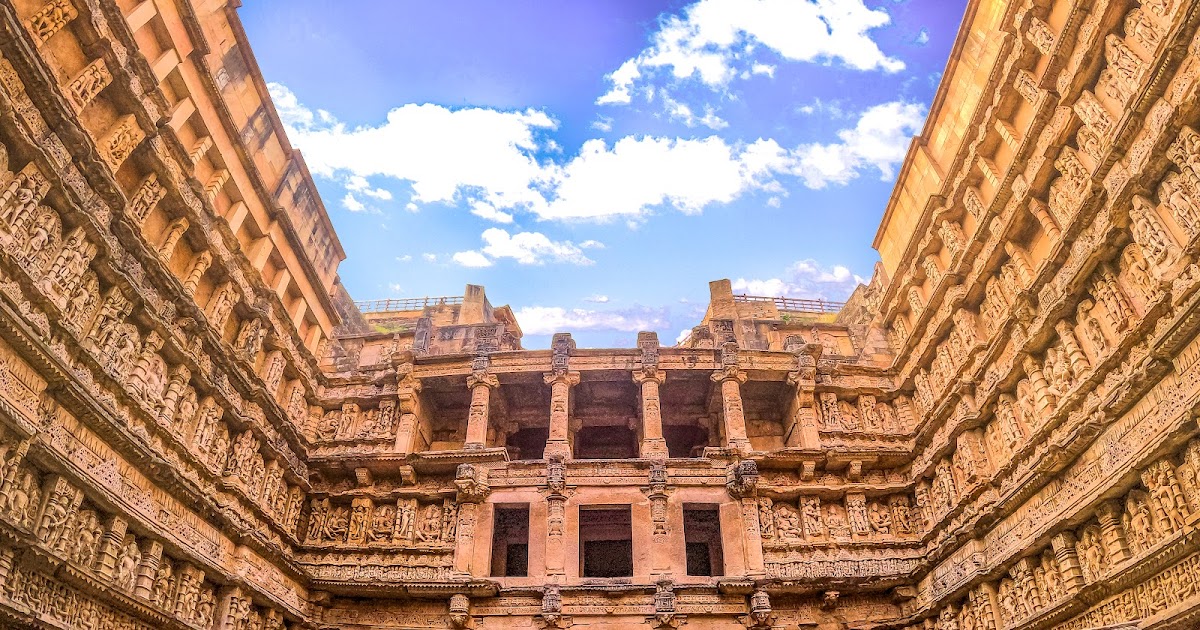
Rani ki Vav
The Underground Stepwell Wonder
Era: Solanki Dynasty (11th Century CE)
Patron: Queen Udayamati (in memory of King Bhimdev I)
Location: Patan, Gujarat
UNESCO World Heritage Site: Inscribed in 2014)
Though slightly beyond Rajasthan’s border, Rani ki Vav’s proximity and cultural influence merit inclusion in Northern heritage. This stepwell, designed as an inverted temple, features seven levels of intricately carved panels depicting Hindu deities.
It showcases exceptional water architecture and feminine patronage in Indian history, celebrating both aesthetic and functional design excellence.
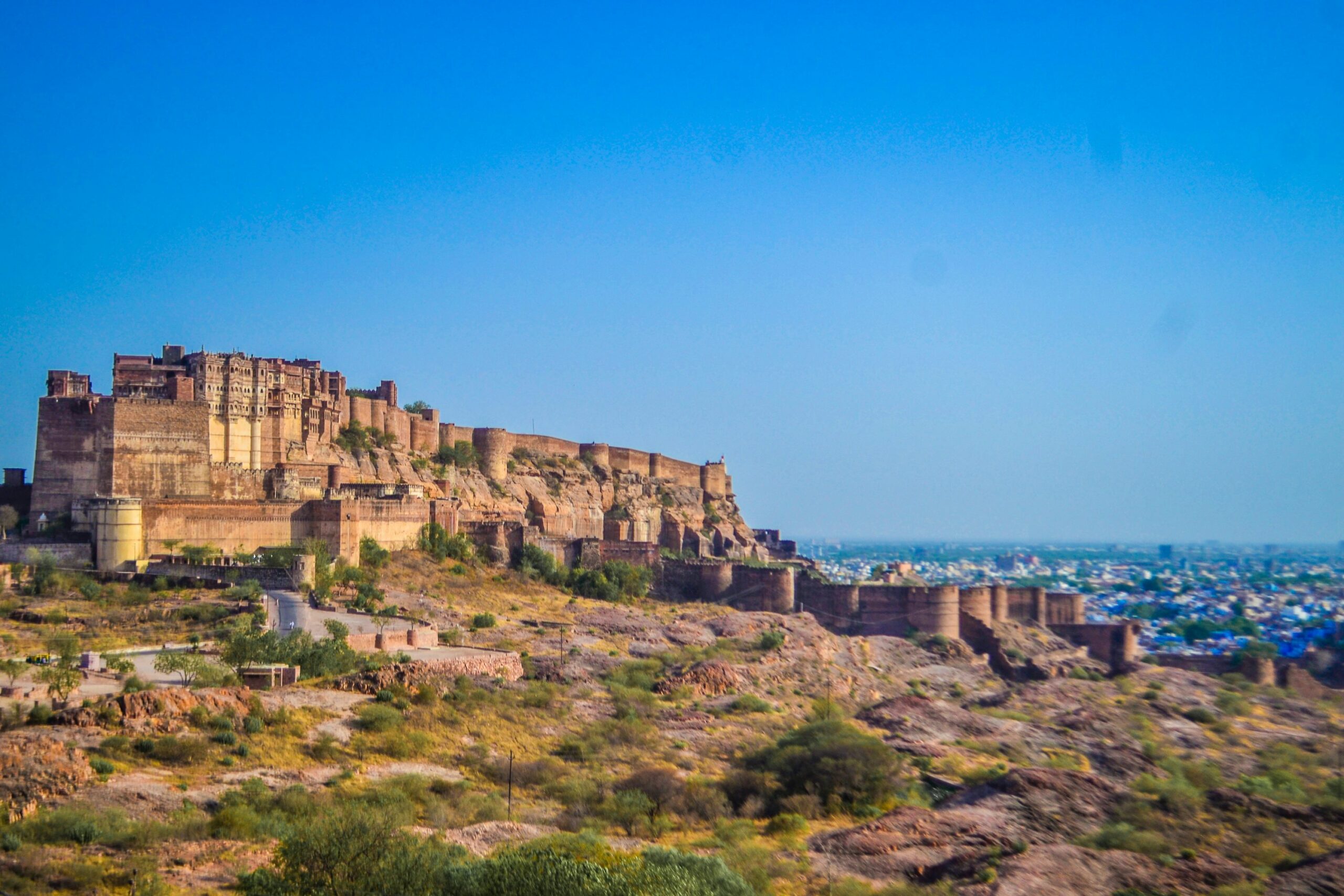
Mehrangarh Fort
The Invincible Fort of the Blue City
Era: Rathore Dynasty (15th Century CE)
Patron: Rao Jodha
Location: Jodhpur, Rajasthan
Towering over Jodhpur, Mehrangarh Fort is one of India’s largest and most well-preserved forts. Built by Rao Jodha, it stands 400 feet above the city, offering panoramic views of the “Blue City.”
The fort’s palaces, courtyards, and museum display royal artifacts, weaponry, and paintings that narrate the valor and legacy of the Rajput rulers. Its grandeur and rugged beauty continue to enchant travelers and historians alike.
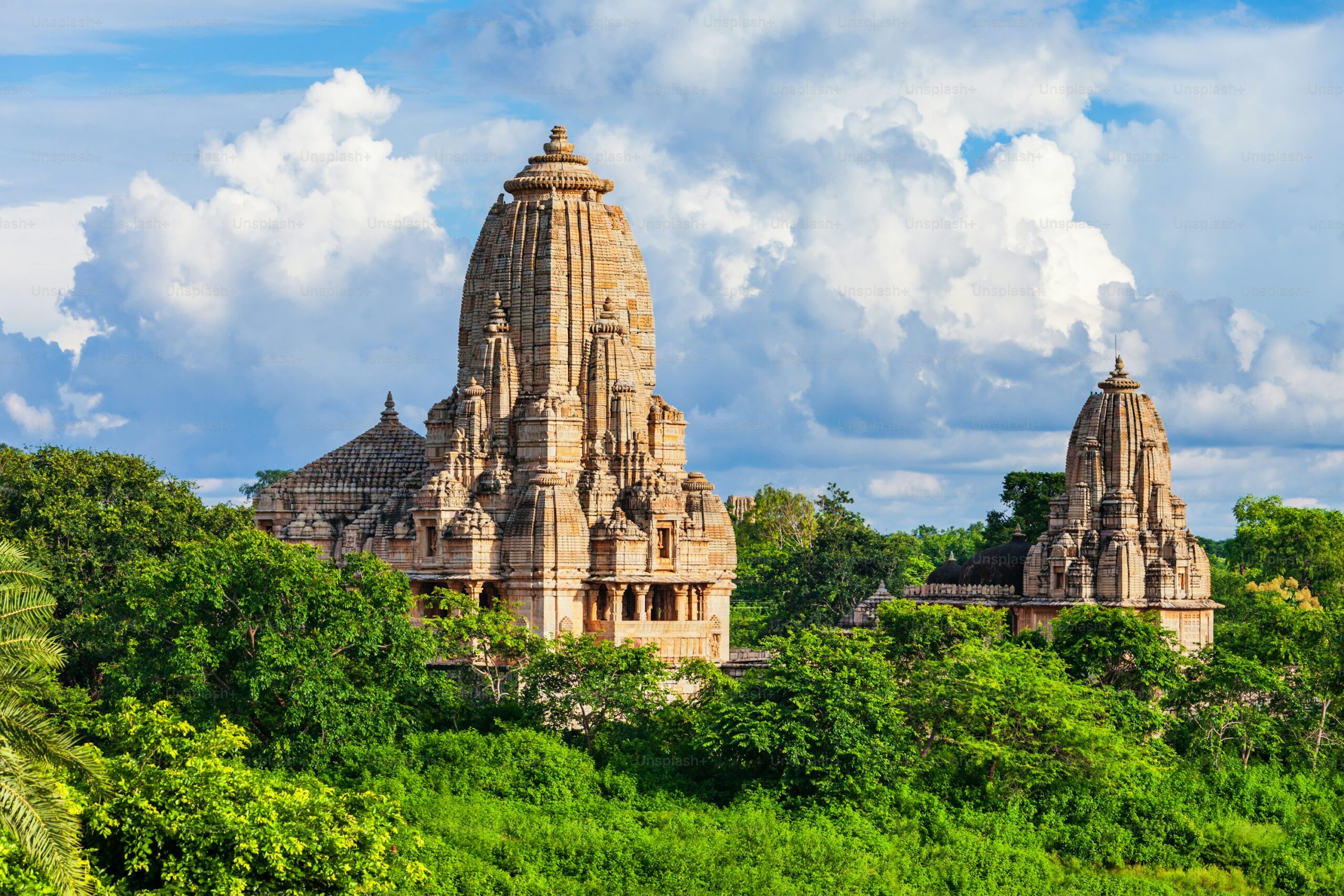
Chittorgarh Fort
A Glorious Heritage Site of North India
Era: Maurya Dynasty origins (7th Century CE), expanded under Sisodia Rajputs
Patron: Bappa Rawal (founder), successive Rajput rulers
Location: Chittorgarh, Rajasthan
UNESCO World Heritage Site: Inscribed in 2013
Stands as a proud testament to Rajput courage and chivalry. Spanning over 700 acres, it houses historical structures such as Vijay Stambh, Kirti Stambh, and Rana Kumbha Palace. The fort witnessed legendary tales of Rani Padmini’s sacrifice and heroic battles against invading forces. Its massive gates, temples, and towers make it one of North India’s most inspiring heritage sites.

Kangra Fort
Himalayan Treasure of North India’s Archaeological Legacy
Era: Trigarta Kingdom (4th Century BCE, expanded over time)
Patron: Katoch Dynasty
Location: Kangra, Himachal Pradesh
Perched on the confluence of the Banganga and Patal Ganga rivers, is one of the oldest forts in North India. It has witnessed the rule of ancient kings, Mughals, and Sikhs, bearing the scars of countless battles.
The fort’s high walls, temples, and gateways showcase a blend of Rajput and Mughal influences. Surrounded by the scenic Dhauladhar Range, Kangra Fort narrates the resilient history of the Himalayan foothills.

Key Monastery
The Ancient Monastic Fortress of Spiti Valley
Era: Founded in the 11th Century CE
Patron: Unknown (Tibetan Buddhist Monastic Lineage)
Location: Spiti, Himachal Pradesh
A 1,000-year-old Tibetan Buddhist monastery perched dramatically on a hilltop at 13,668 feet. Built in the Pasada style, it resembles a fortress with layered construction that protected monks from invasions.
The monastery houses rare thangkas, ancient manuscripts, and murals depicting Buddhist teachings. It remains a vibrant center of spirituality and Tibetan culture in Himachal Pradesh’s Spiti Valley.

Bhatinda Fort
Witness to a 2,000-Year Legacy in Punjab
Era: Kushan Period origins (1st Century CE)
Patron: Raja Dab
Location: Bathinda, Punjab
Also known as Qila Mubarak, is one of the oldest brick forts in North India and has been a silent spectator to numerous historical shifts. It is believed to have housed Razia Sultan, India’s first female ruler, during her imprisonment.
The fort’s massive mud bricks, arched gateways, and ramparts reflect ancient engineering skills. Today, it stands as a symbol of Punjab’s layered and resilient history.

Kurukshetra Archaeological Site
The Land of the Mahabharata and Vedic Civilizations
Era: Pre-Mauryan to Gupta Period (1500 BCE – 6th Century CE)
Patron: Various Vedic and Mauryan rulers
Location: Kurukshetra, Haryana
Known as the battlefield of the Mahabharata, holds immense archaeological and spiritual significance. Excavations at sites like Bhagwanpura and Thanesar reveal Painted Grey Ware culture, linking the area to early Vedic settlements.
The region is dotted with ancient tanks, temples, and pilgrimage spots that preserve India’s mythological and cultural depth, attracting scholars and devotees from across the world.

Rakhigarhi
The Largest Harappan Site in India
Era: Indus Valley Civilization (2600–1900 BCE)
Patron: Prehistoric Civilization
Location: Hisar District, Haryana
UNESCO World Heritage Site: Tentative List (since 2014)
One of the most significant archaeological discoveries in India, revealing urban planning, drainage systems, and artifacts of the Indus Valley Civilization. Excavations have uncovered terracotta figurines, pottery, jewelry, and even human skeletons.
The site provides crucial insights into one of the world’s oldest civilizations and is considered larger than Mohenjo-Daro, reshaping our understanding of ancient India’s urban development.
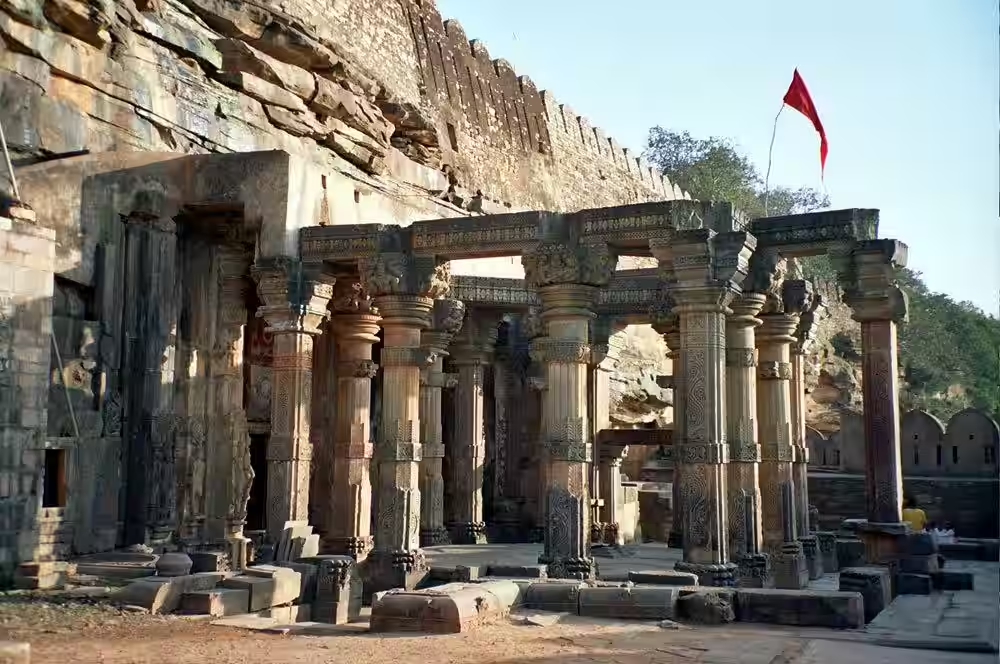
Kalinjar Fort
The Invincible Fortress of Central-North India
Era: Chandela Dynasty (10th Century CE)
Patron: Chandela Kings
Location: Banda District, Uttar Pradesh
An architectural marvel that stands on the Vindhya ranges, symbolizing Rajput valor and strategic brilliance. It served as a stronghold for many dynasties, including the Chandelas, Mughals, and British.
The fort’s intricate carvings, temples dedicated to Lord Shiva, and scenic views make it a unique blend of spirituality and strength. It remains a hidden gem among North India’s historical treasures.
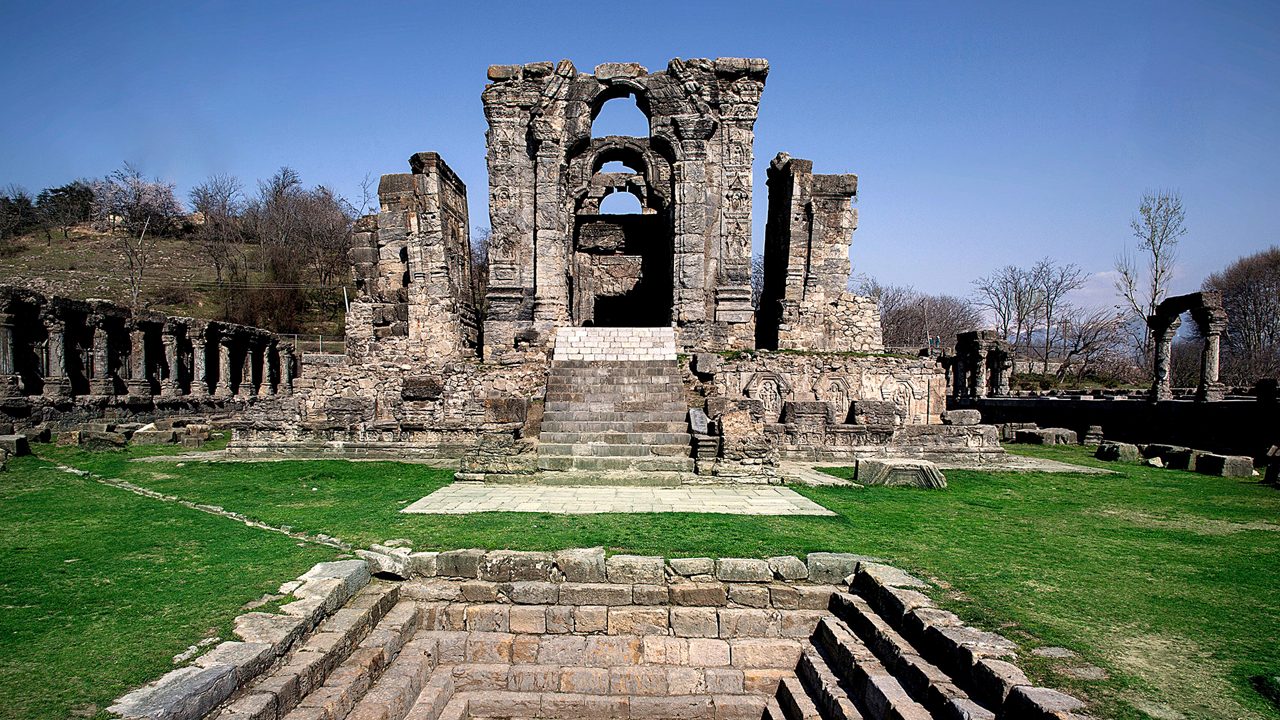
Martand Sun Temple
The Lost Glory of Kashmir’s Sun Worship
Era: Karkota Dynasty (8th Century CE)
Patron: King Lalitaditya Muktapida
Location: Anantnag, Jammu & Kashmir
Stands as a magnificent ruin that once celebrated the grandeur of Sun worship in ancient Kashmir. Built from limestone with Greco-Roman architectural influences, the temple was one of the most splendid structures of its time.
Though now in ruins, its massive pillars and courtyard reflect the artistic excellence and religious diversity of early Kashmir. The site offers breathtaking views of the surrounding valleys, enhancing its ethereal beauty.

Bageshwar Temple Complex
The Sacred Archaeological Legacy of Uttarakhand
Era: Katyuri Dynasty (7th–12th Century CE)
Patron: Katyuri Kings
Location: Bageshwar, Uttarakhand
Located at the confluence of the Gomati and Saryu rivers, is one of Uttarakhand’s oldest archaeological and religious sites. The complex houses numerous shrines dedicated to Lord Shiva, Parvati, and Surya, featuring exquisite stone carvings and inscriptions from the Katyuri period.
These temples showcase early Himalayan architectural styles, blending spirituality with artistry. Even today, Bageshwar serves as a vital pilgrimage and cultural heritage destination in the Kumaon region.

